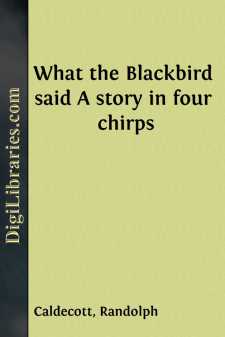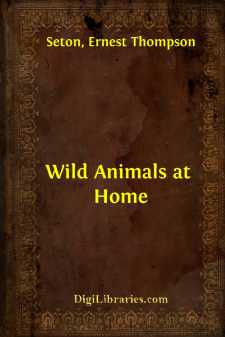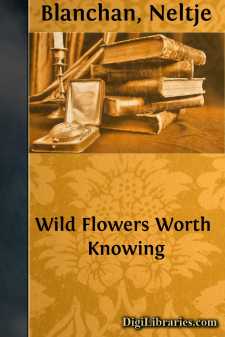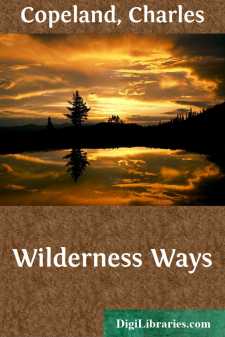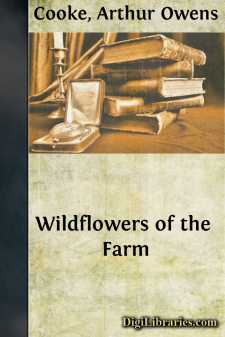Nature
Nature Books
Sort by:
by:
John Burroughs
WAYS OF NATURE I was much amused lately by a half-dozen or more letters that came to me from some Californian schoolchildren, who wrote to ask if I would please tell them whether or not birds have sense. One little girl said: "I would be pleased if you would write and tell me if birds have sense. I wanted to see if I couldn't be the first one to know." I felt obliged to reply to the...
more...
by:
Charles Copeland
I. FOX-WAYS. Did you ever meet a fox face to face, surprising him quite as much as yourself? If so, you were deeply impressed, no doubt, by his perfect dignity and self-possession. Here is how the meeting generally comes about. It is a late winter afternoon. You are swinging rapidly over the upland pastures, or loitering along the winding old road through the woods. The color deepens in the west; the...
more...
CHIRP THE FIRST. The winter of 1878 was certainly an unusually dreary one, and so thought a remarkably fine young Blackbird, as he perched one morning on the bare bough of a spreading lime-tree, whose last brown leaf had fallen to the ground some weeks before. With the exception of the Scotch firs and other fortunate evergreens, there was nothing to be seen on all sides but leafless branches standing...
more...
I The Cute Coyote AN EXEMPLARY LITTLE BEAST, MY FRIEND THE COYOTE If you draw a line around the region that is, or was, known as the Wild West, you will find that you have exactly outlined the kingdom of the Coyote. He is even yet found in every part of it, but, unlike his big brother the Wolf, he never frequented the region known as Eastern America. This is one of the few wild creatures that you can...
more...
by:
Neltje Blanchan
WILD FLOWERS WATER-PLANTAIN FAMILY (Alismaceae) Broad-leaved Arrow-head Sagittaria latifolia (S. variabilis) Flowers—White, 1 to 1-1/2 in. wide, in 3-bracted whorls of 3, borne near the summit of a leafless scape 4 in. to 4 ft. tall. Calyx of 3 sepals; corolla of 3 rounded, spreading petals. Stamens and pistils numerous, the former yellow in upper flowers; usually absent or imperfect in lower...
more...
The present edition has been improved by the adoption of a number of illustrations which were designed for the German translation of this book. INTRODUCTION. HAVE often wished I could convey to others a little of the happiness I have enjoyed all through my life in the study of Natural History. During twenty years of variable health, the companionship of the animal world has been my constant solace and...
more...
by:
Charles Copeland
I. MEGALEEP THE WANDERER. Megaleep is the big woodland caribou of the northern wilderness. His Milicete name means The Wandering One, but it ought to mean the Mysterious and the Changeful as well. If you hear that he is bold and fearless, that is true; and if you are told that he is shy and wary and inapproachable, that is also true. For he is never the same two days in succession. At once shy and...
more...
CHAPTER I INTRODUCTION I think that some of you have been with me at Willow Farm before to-day. When we were there we went into the farmer's fields in early spring, and saw the men and horses at work with ploughs and harrows. A little later on we saw some of the crops sown, such as barley and turnips. In summer we were in the hay-and corn-fields, and later still we saw the ricks being made. To-day...
more...
To this day it is hard to understand how any eyes could have found them, they were so perfectly hidden. I was following a little brook, which led me by its singing to a deep dingle in the very heart of the big woods. A great fallen tree lay across my path and made a bridge over the stream. Now, bridges are for crossing; that is plain to even the least of the wood folk; so I sat down on the mossy trunk...
more...




